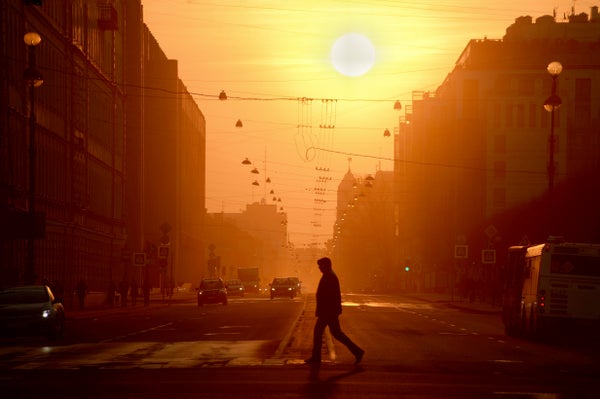On supporting science journalism
If you're enjoying this article, consider supporting our award-winning journalism by subscribing. By purchasing a subscription you are helping to ensure the future of impactful stories about the discoveries and ideas shaping our world today.
A century ago, in 1918, the U.S. started the collective clock-changing ritual known as daylight saving time, or DST. Today more than 70 countries observe the practice, although how it is implemented has varied over the years. In general, the one-hour shift prevents sunrise from happening too early and allows sundown to go later, when compared with a typical work day of 9 A.M. to 5 P.M. Debates about the practice have raged since it began. In recent years the U.S. government's stated goal for DST is to save energy by adding natural light to evenings. Several new studies have pointed to some liabilities, such as higher rates of heart attacks and traffic accidents after citizens set their clocks forward each spring. “The shift to DST has some drawbacks,” but many ill effects last just a few days, says David Prerau, who wrote a book on the practice. “Balance that against eight months of later sunsets.”
.png?w=900)
Credit: Katie Peek; Source: Astronomical Applications Department of the U.S. Naval Observatory
